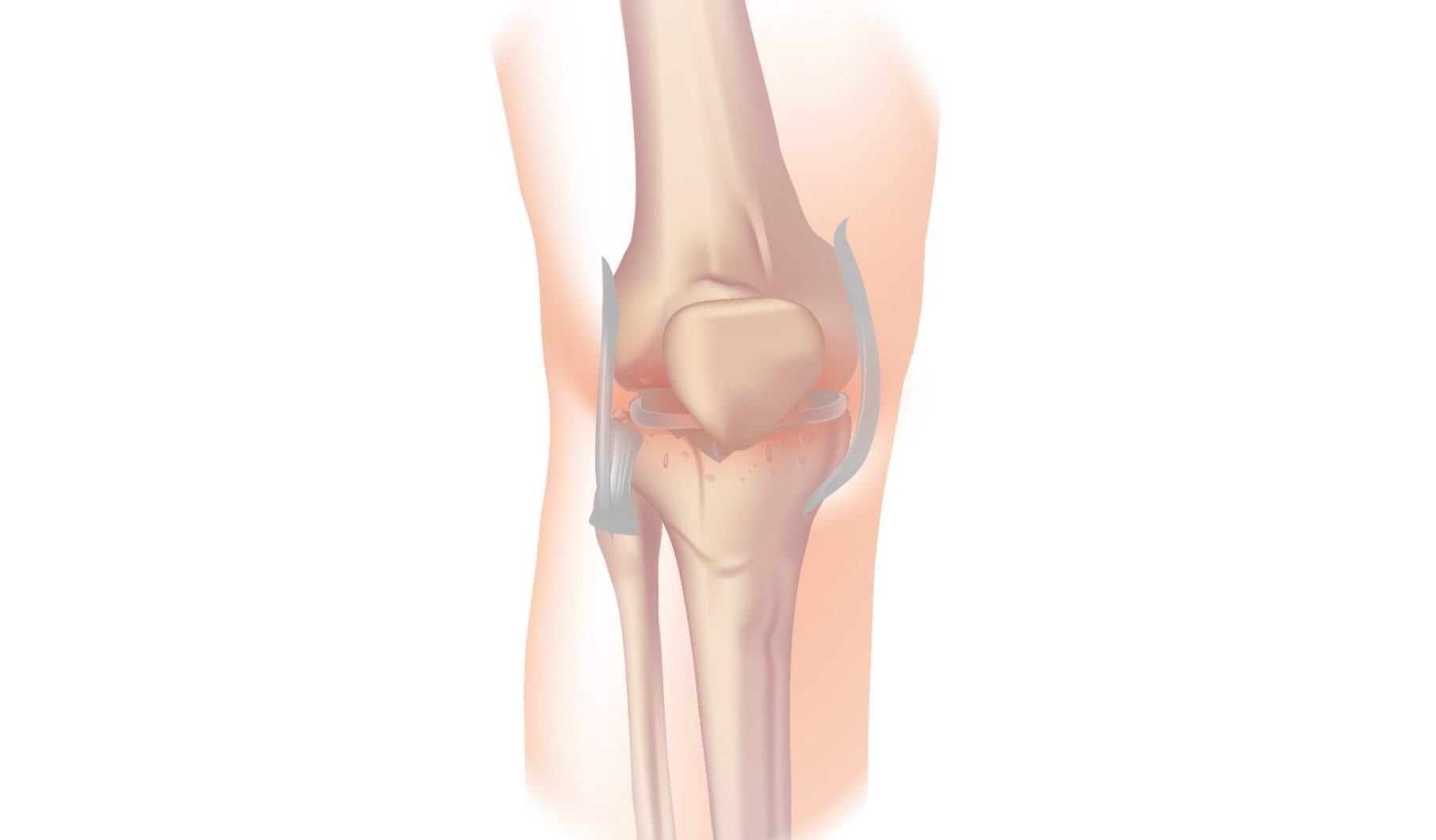Patellofemoral pain syndrome (PFPS) is a common knee condition that affects people of all ages, particularly athletes and active individuals. It is characterized by pain and discomfort in the front of the knee, around or behind the kneecap (patella), and is often aggravated by activities that involve bending the knee, such as running, jumping, squatting, and climbing stairs.
Treatment for PFPS typically involves a combination of physiotherapy, medications, and lifestyle modifications. The goal of physiotherapy is to reduce pain and inflammation, correct biomechanical imbalances, and improve strength, flexibility, and mobility in the knee and surrounding structures.
The 5 stages of rehab can be applied to PFPS to achieve the best possible outcome as follows:
Pain and symptom management: The initial stage of treatment involves reducing pain and inflammation. Rest, ice, compression, and elevation (RICE) are often recommended in the initial stages of treatment. Pain-relieving medications such as nonsteroidal anti-inflammatory drugs (NSAIDs) may also be prescribed to manage pain and reduce inflammation. Physiotherapy treatments such as ultrasound, soft tissue massage, and taping can also help to reduce pain and swelling.
Range of motion: Once pain and inflammation are under control, the focus shifts to restoring normal range of motion in the knee joint. Physiotherapy treatments such as gentle mobilization, stretching exercises, and joint mobilization techniques can help to improve flexibility and reduce stiffness in the knee joint.
Motor control: The focus is on improving neuromuscular control around the knee joint. Exercises that target the muscles around the hip and knee joints, including the quadriceps, hamstrings, glutes, and calf muscles, can help to improve muscle strength, balance, and coordination. Proprioceptive training, which involves exercises that challenge balance and coordination, can also be beneficial in improving motor control. Some examples of hip exercises that can be helpful for PFPS include clamshells, side-lying leg lifts, and hip bridges.
Strengthening: The goal is to build strength in the muscles around the knee joint to improve stability and reduce the risk of reinjury. Resistance training, including exercises such as squats, lunges, and leg presses, can help to build muscle strength and endurance. Plyometric exercises, which involve jumping and landing, can also help to improve power and explosiveness in the lower limb muscles.
Maintenance: In the final stage of rehab, the focus is on maintaining the gains achieved in the previous stages and preventing reinjury. This may involve continuing with regular exercise, including strengthening and proprioceptive training, as well as making any necessary modifications to daily activities or sports participation to reduce the risk of further injury.
Overall, physiotherapy is an effective and non-invasive treatment option for patellofemoral pain syndrome. With the right combination of pain management, range of motion, motor control, strengthening, and maintenance exercises, patients can recover from PFPS and return to their normal activities without pain and discomfort.
For further information regarding patellofemoral pain please see: https://www.ncbi.nlm.nih.gov/books/NBK557657/


